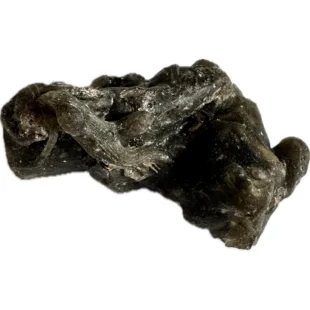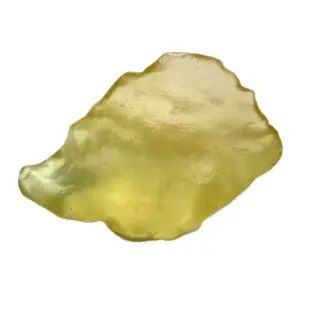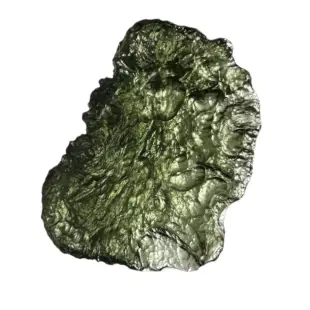Tektites: A Rare Phenomenon from Space
Although tektites are superficially similar to some terrestrial volcanic glasses (obsidians), they have unusual distinctive physical characteristics that distinguish them from such glasses. First, they are completely glassy and lack any microlites or phenocrysts, unlike terrestrial volcanic glasses. Second, although high in silica (>65 wt%), the bulk chemical and isotopic composition of tektites is closer to those of shales and similar sedimentary rocks and quite different from the bulk chemical and isotopic composition of terrestrial volcanic glasses. Third, tektites contain virtually no water, unlike terrestrial volcanic glasses. Fourth, the flow-banding within tektites often contains particles and bands of lechatelierite, which are not found in terrestrial volcanic glasses. Finally, a few tektites contain partly melted inclusions of shocked and unshocked mineral grains, i.e. quartz, apatite, and zircon.
Amazing Fun Facts About Tektites!
-
Not Meteorites! – Despite their spacey appearance, tektites are actually Earth rocks that were melted and ejected by meteorite impacts.
-
Glass from Space Collisions – Tektites are natural glass formed when the heat and force of an asteroid impact liquefy the Earth’s surface, sending molten droplets into the air.
-
Varied Shapes – They come in all sorts of shapes—spheres, teardrops, dumbbells, and even splash-like forms—depending on how they cooled and solidified mid-flight.
-
Found in Strewn Fields – Tektites are scattered in specific areas on Earth known as strewn fields, with major ones in Australia, North America, Africa, and Asia.
-
Mysterious Origins – Some people once thought tektites were of lunar or Martian origin, but studies confirm they result from terrestrial impacts.
-
Super Old! – The oldest known tektites, found in North America, date back around 35 million years, while the youngest (Indochinites) are about 700,000 years old.
-
Used as Jewelry – Their unique look and cosmic connection make tektites popular in jewelry, especially Moldavite, a rare green variety prized for its beauty.
Prehistoric 101 (Learn about fossils, minerals, and meteorites)
What are Tektites
Tektites of the World







